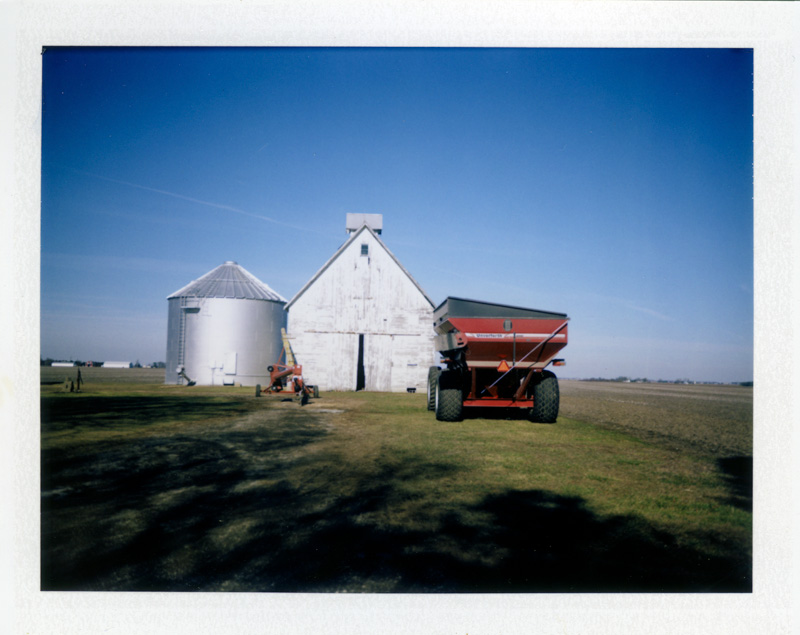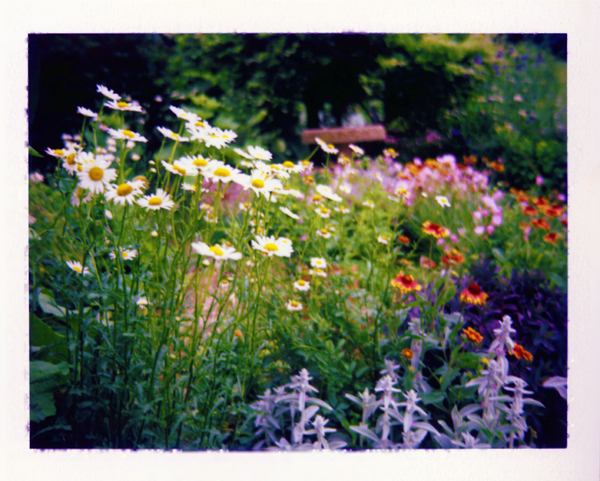The Polaroid Colorpack II was one of the early non-folding Polaroid cameras. Made in 1969 it sold for $30 which translates into around $185 in today's money. The Colorpack II is auto exposure with shutter speeds between 10 seconds to 1/500. The lens is an 114mm f/9 with three elements.
The camera here is one that my parents used when I was growing up. Most of the pictures they got from it weren't very good and after a while it was seldom used. Still I learned something important from this camera.

When I first became seriously interested in photography in the mid-seventies I read one of my first "it is not the camera, it is the photographer" type articles. The author made the point that often the failure to get a satisfactory image from a camera is the result of the photographer not understanding his equipment and working within its limitations. If I remember correctly he advocated that worthwhile images could be made from almost any camera. I remember thinking at the time that if this were true then that Polaroid Colorpack II would be a good camera to test the theory. By the time I had read this article I had some understanding of the basic principles of photography. With that knowledge I went to work with the Colorpack II and did get much better results than what my parents had been getting with the camera.
Now the results were not so good to make me a lifetime devotee to Polaroid. In fact I think that was the only pack of Polaroid film that I ever used. And unfortunately I have no idea what became of those pictures. Still I think that lesson of knowing your equipment and working within it limitations is an important one.
 My next experience with the Colorpack II was using Fujifilm. When looking for what old cameras that I still had I came across the old Colorpack II. I wondered if it still worked so I ordered some film. Again the results did not put me in thrall to instant photography. I do like the color of this film and the softness of the lens, however not so much that I would like to make a lot more pictures like this. Although maybe one day I will come upon a subject for which the capabilities of the Polaroid Colorpack II are ideal.
My next experience with the Colorpack II was using Fujifilm. When looking for what old cameras that I still had I came across the old Colorpack II. I wondered if it still worked so I ordered some film. Again the results did not put me in thrall to instant photography. I do like the color of this film and the softness of the lens, however not so much that I would like to make a lot more pictures like this. Although maybe one day I will come upon a subject for which the capabilities of the Polaroid Colorpack II are ideal. 

















